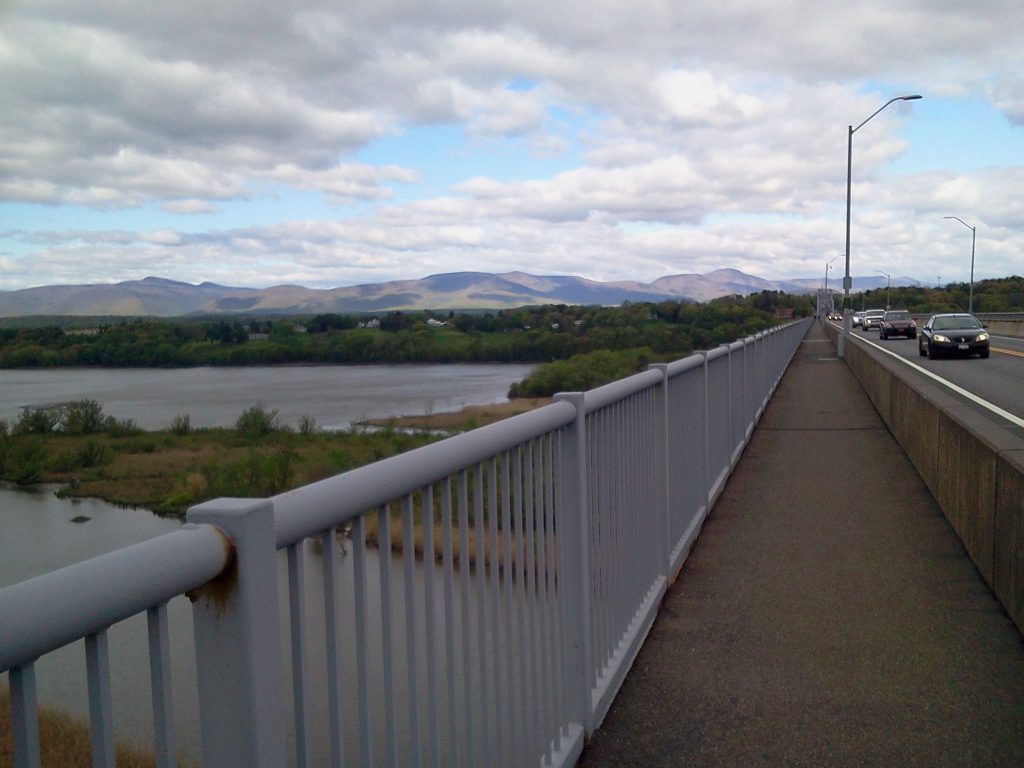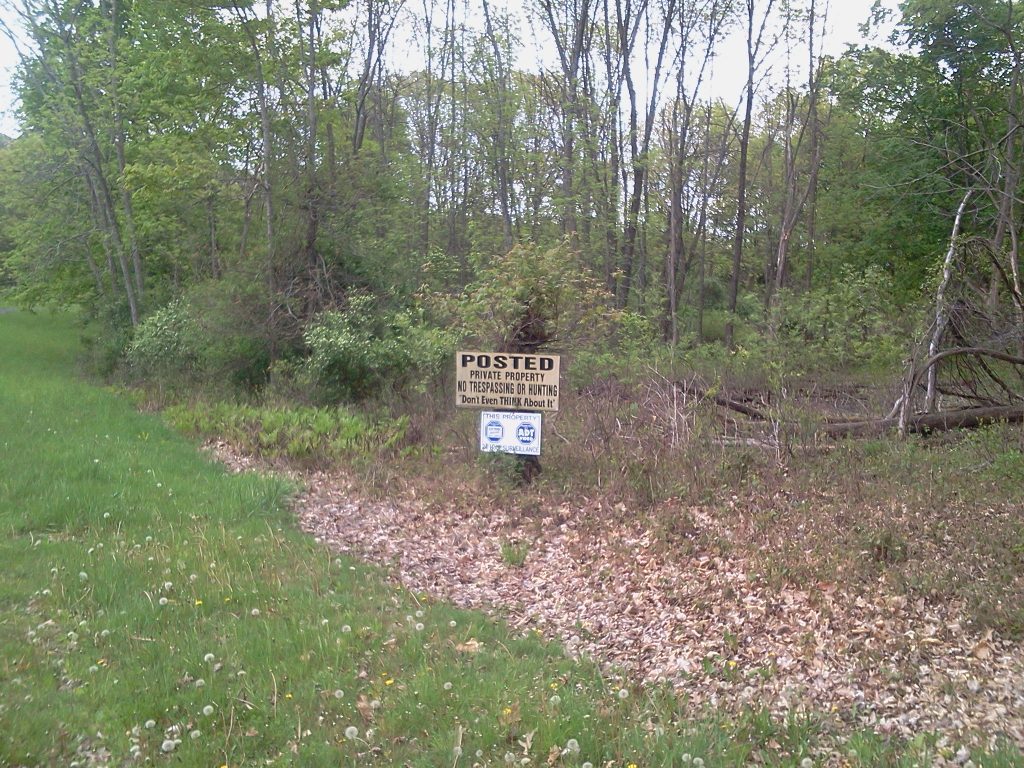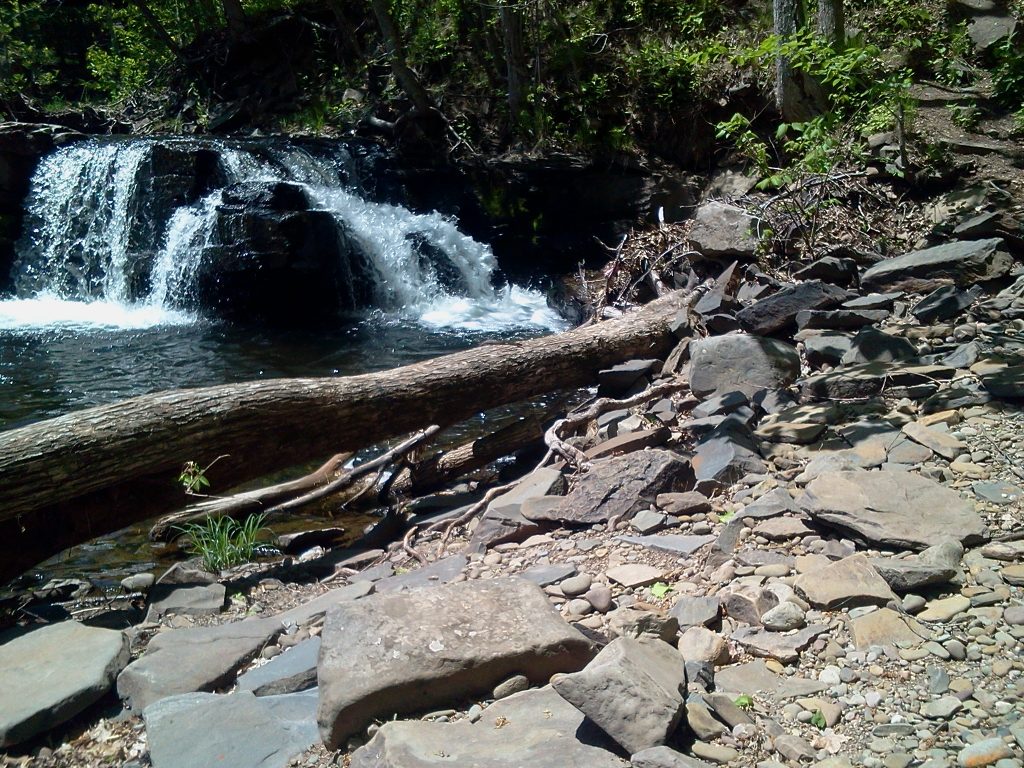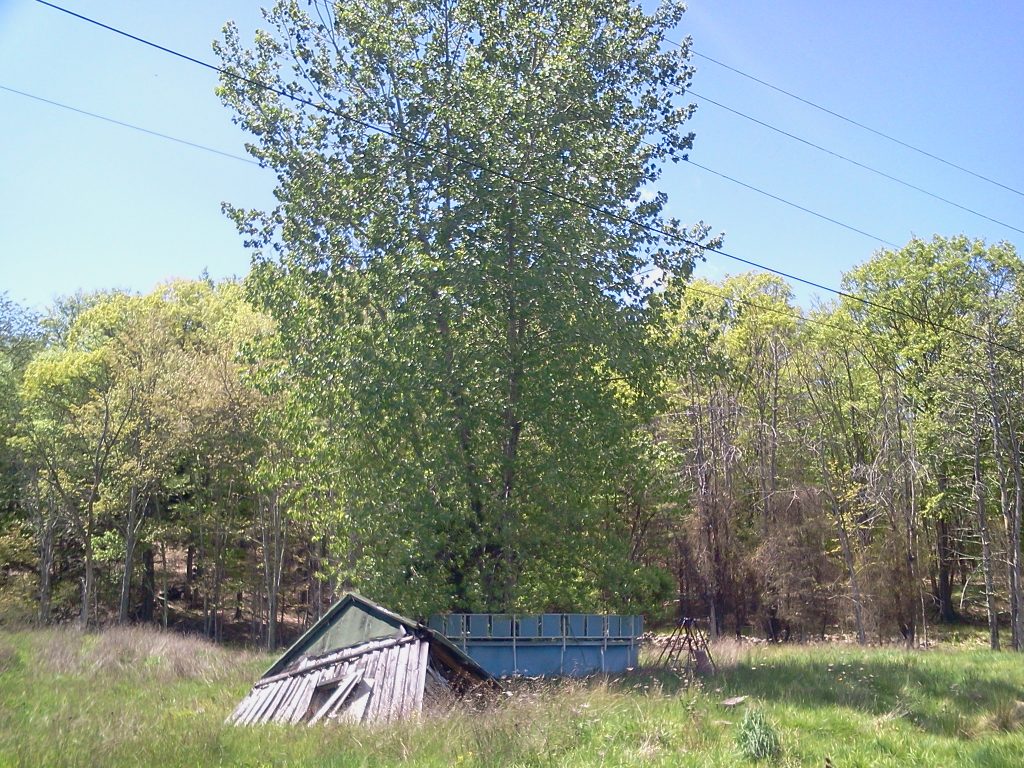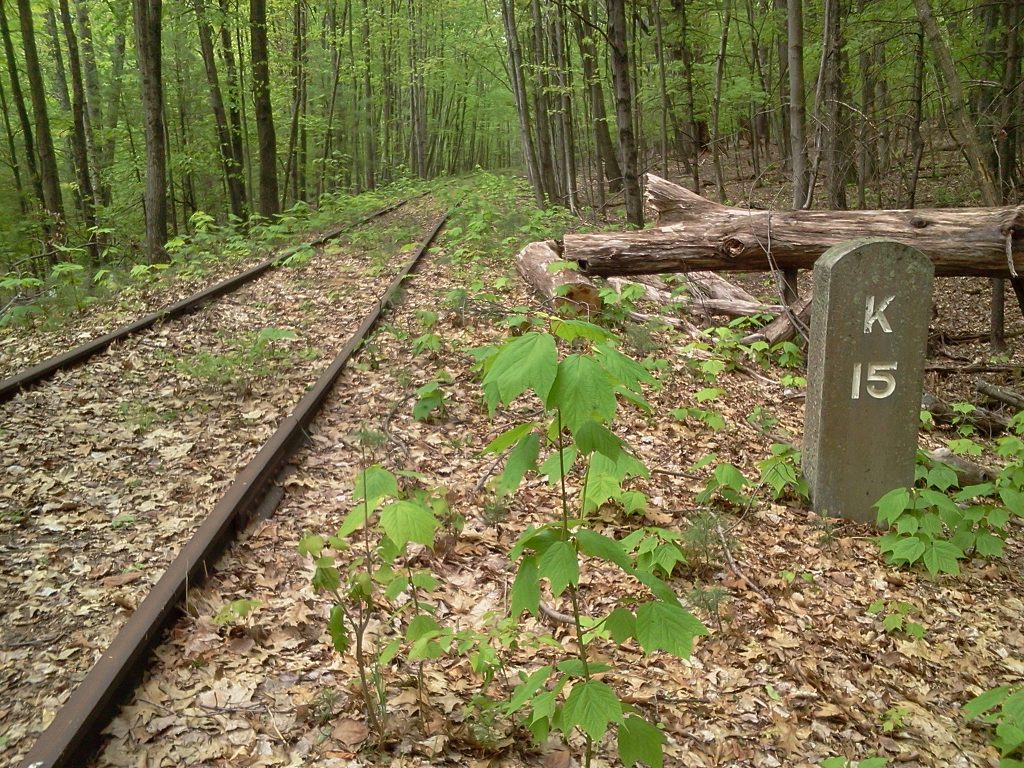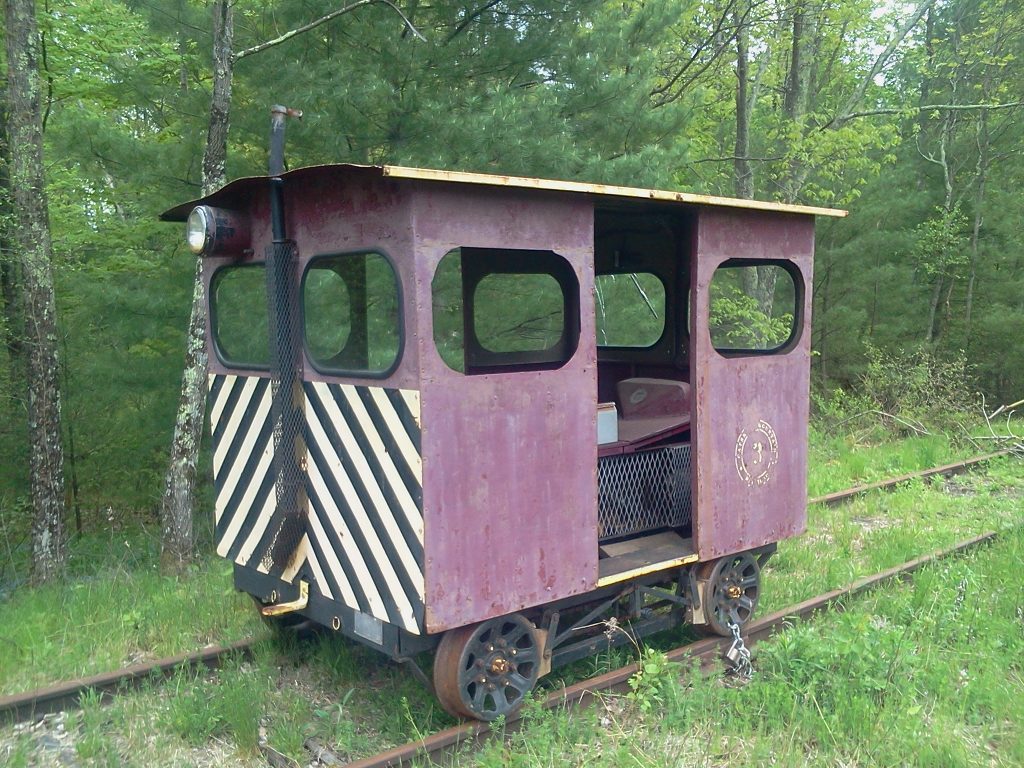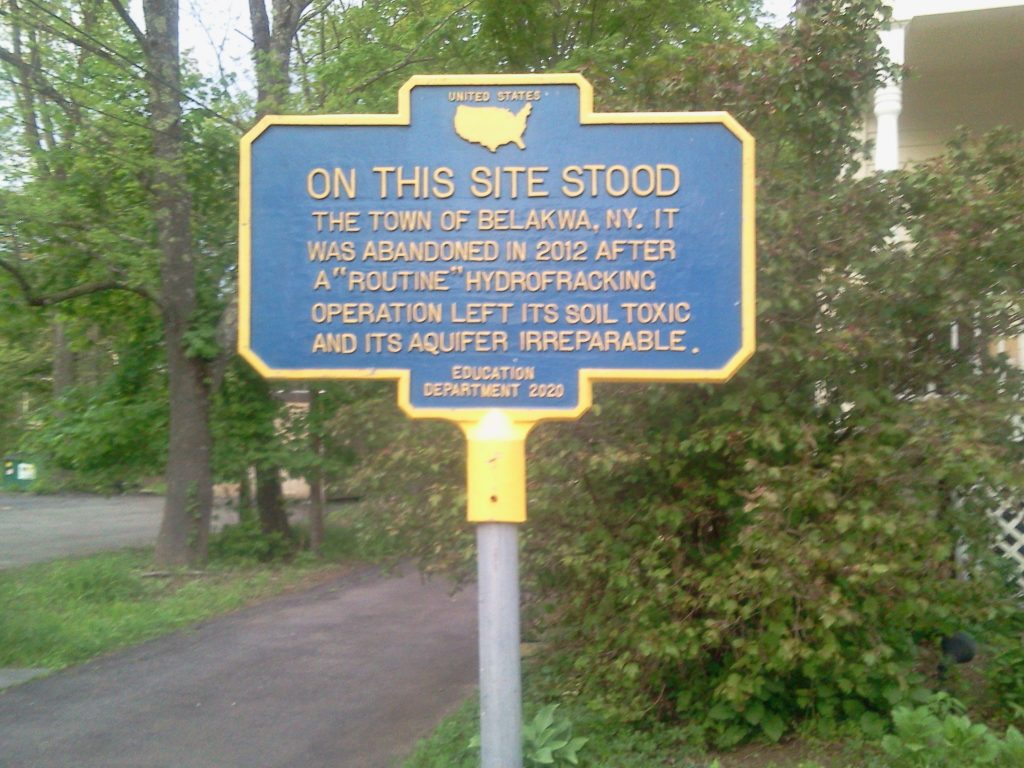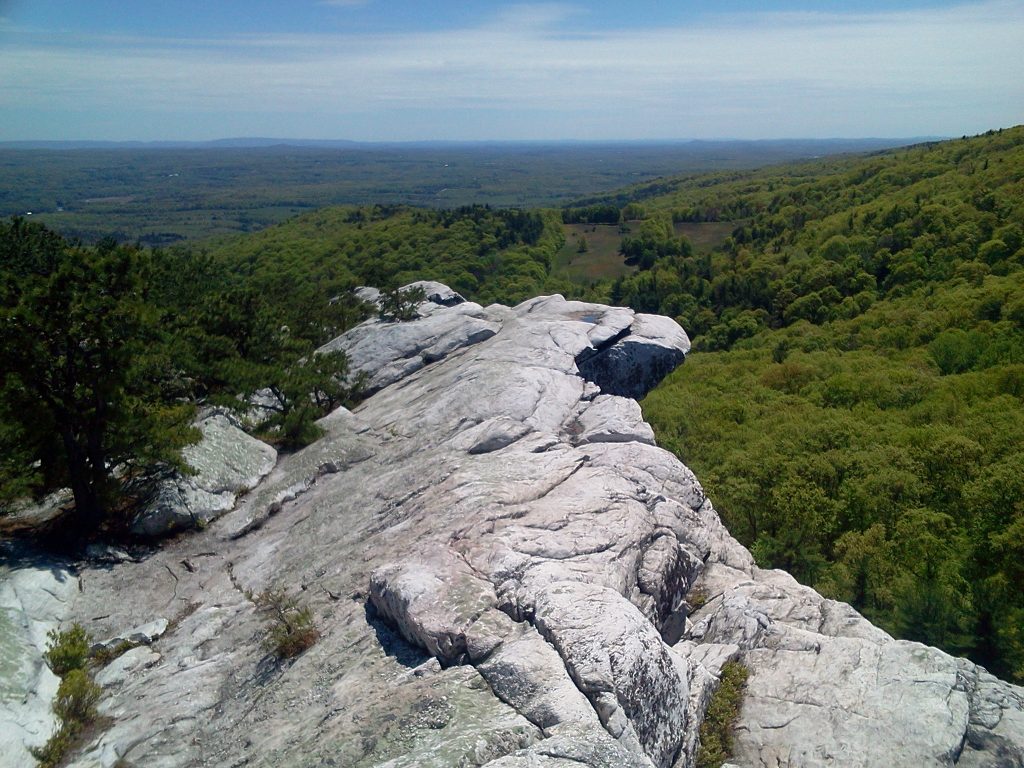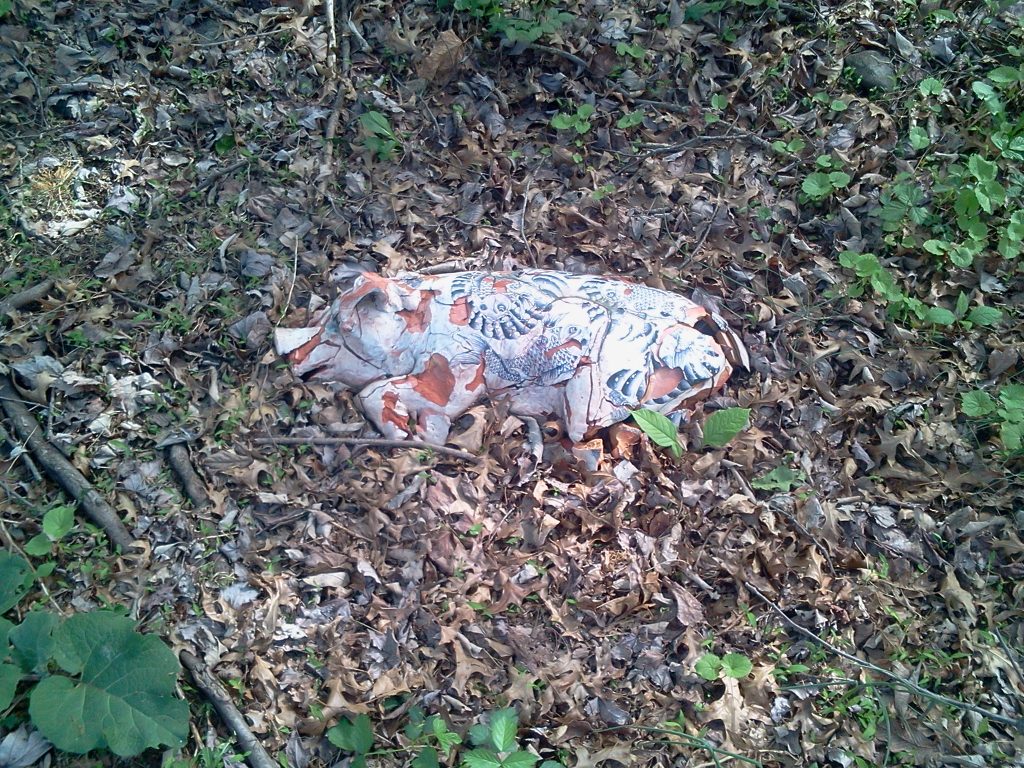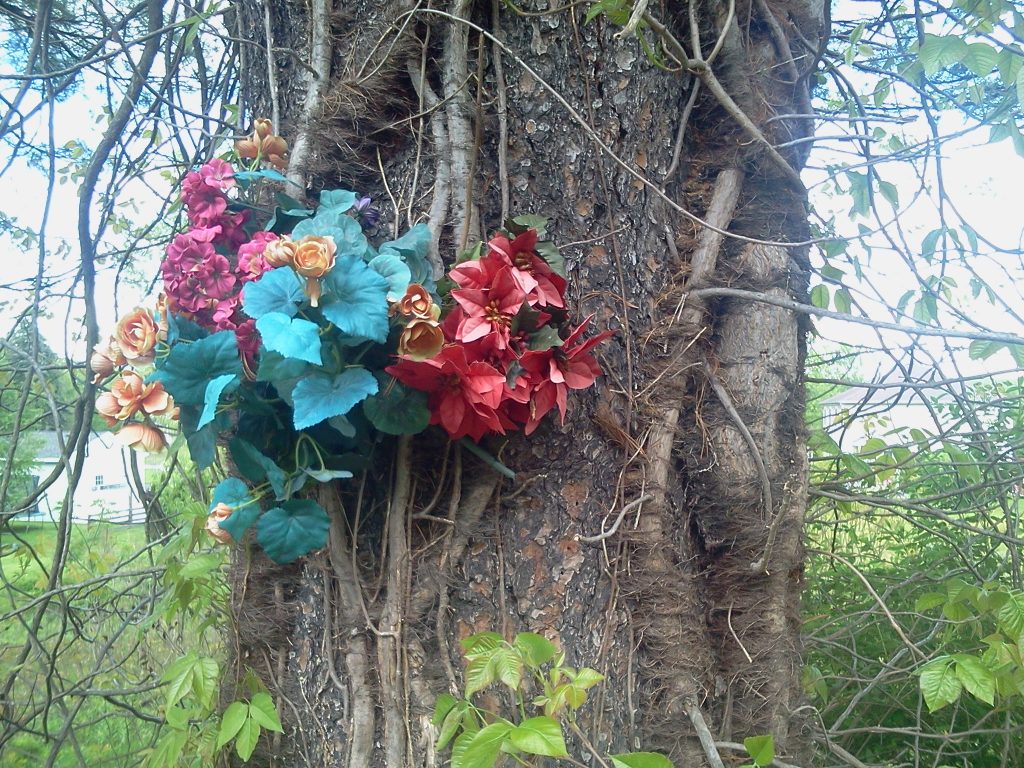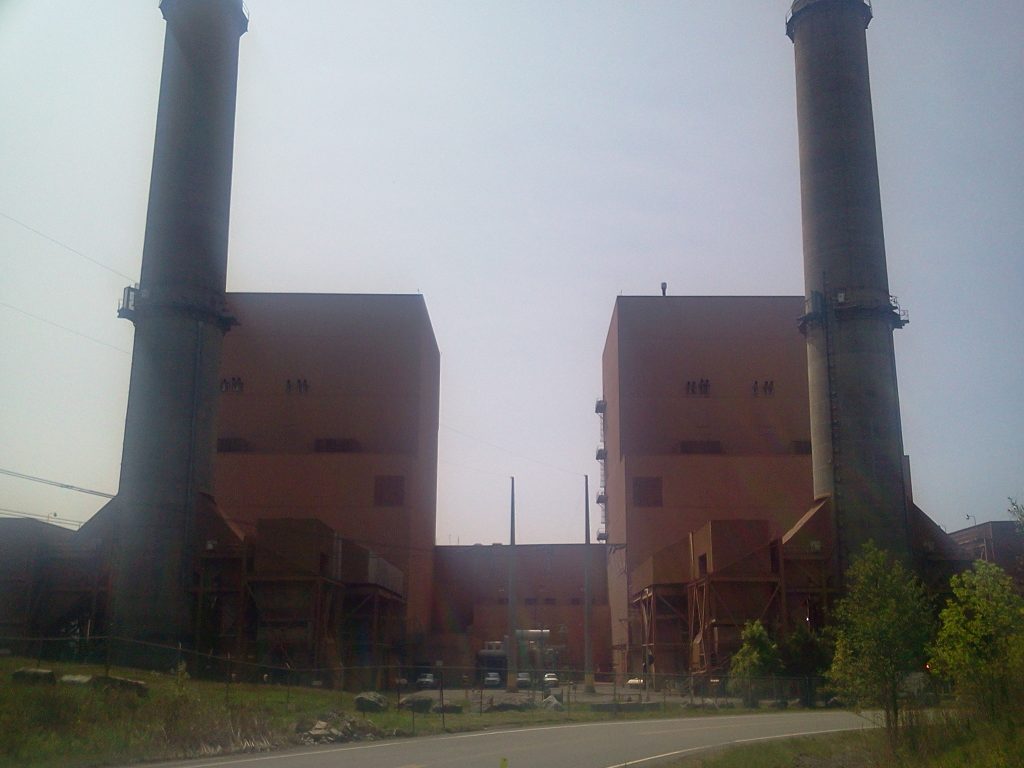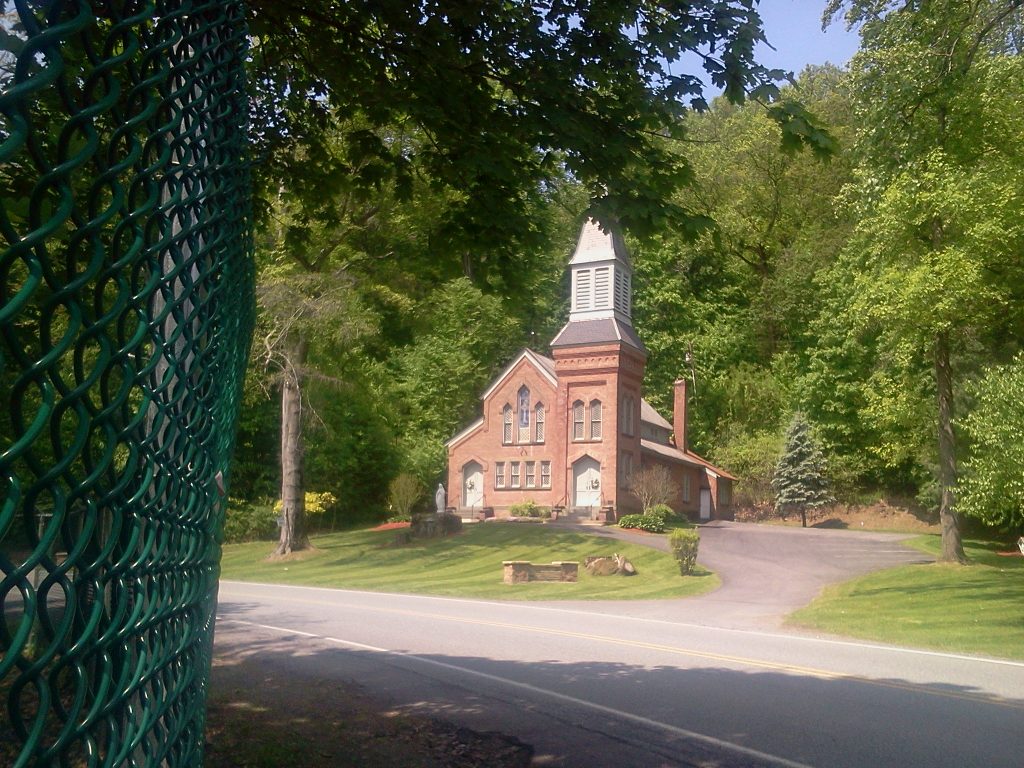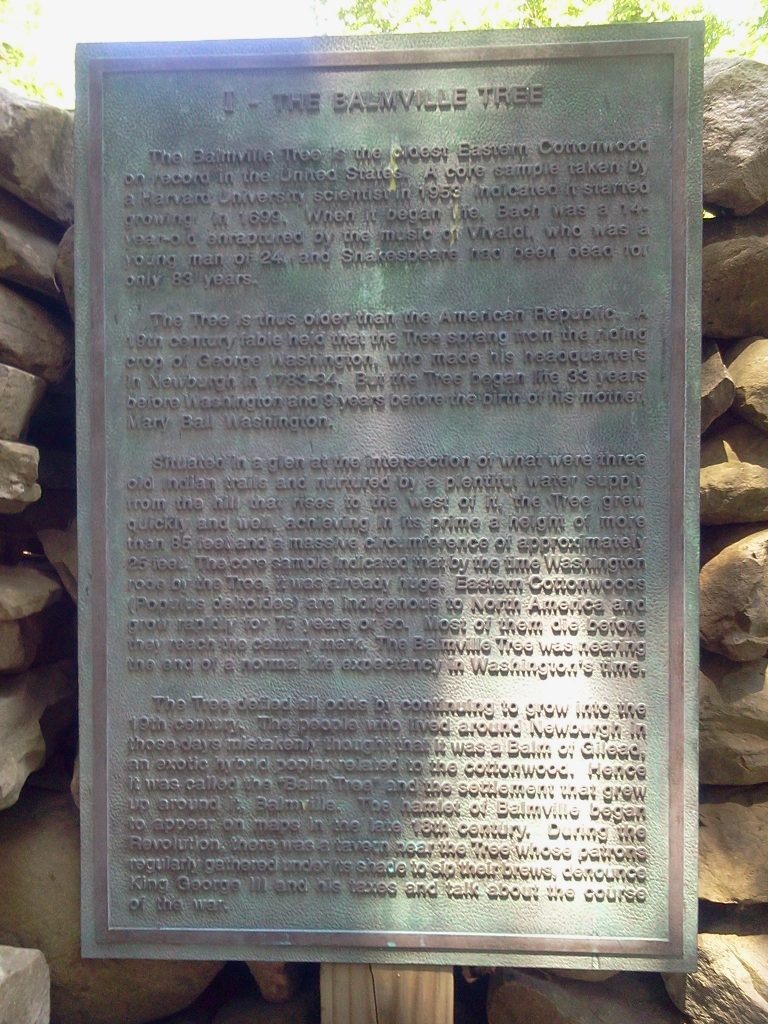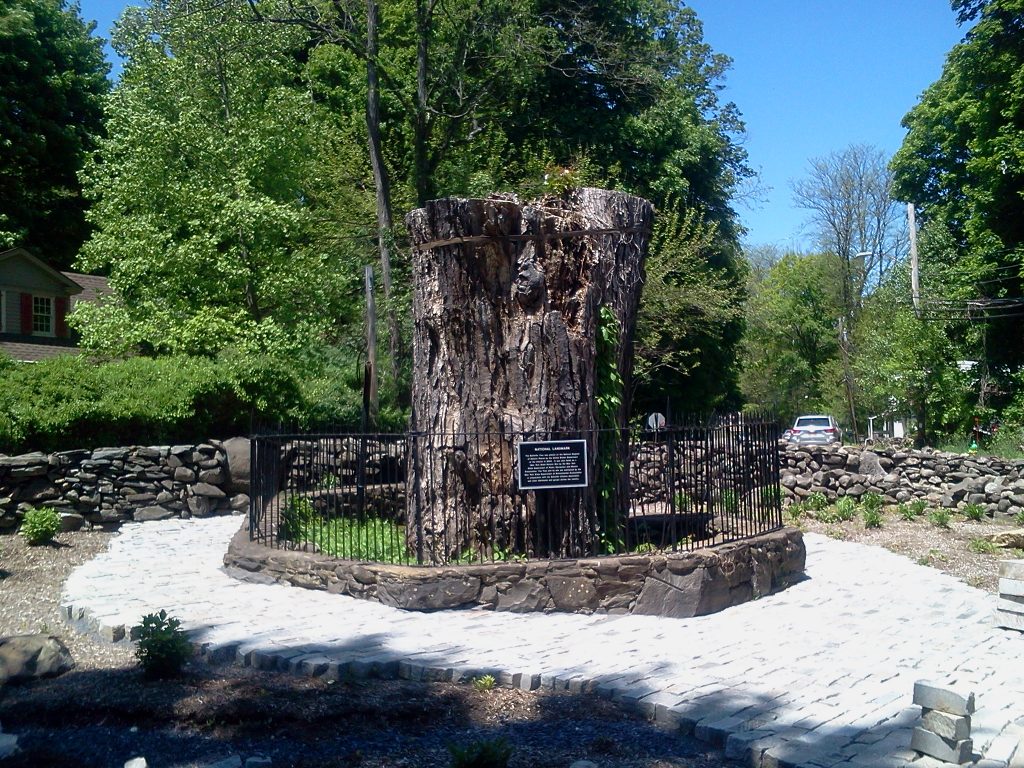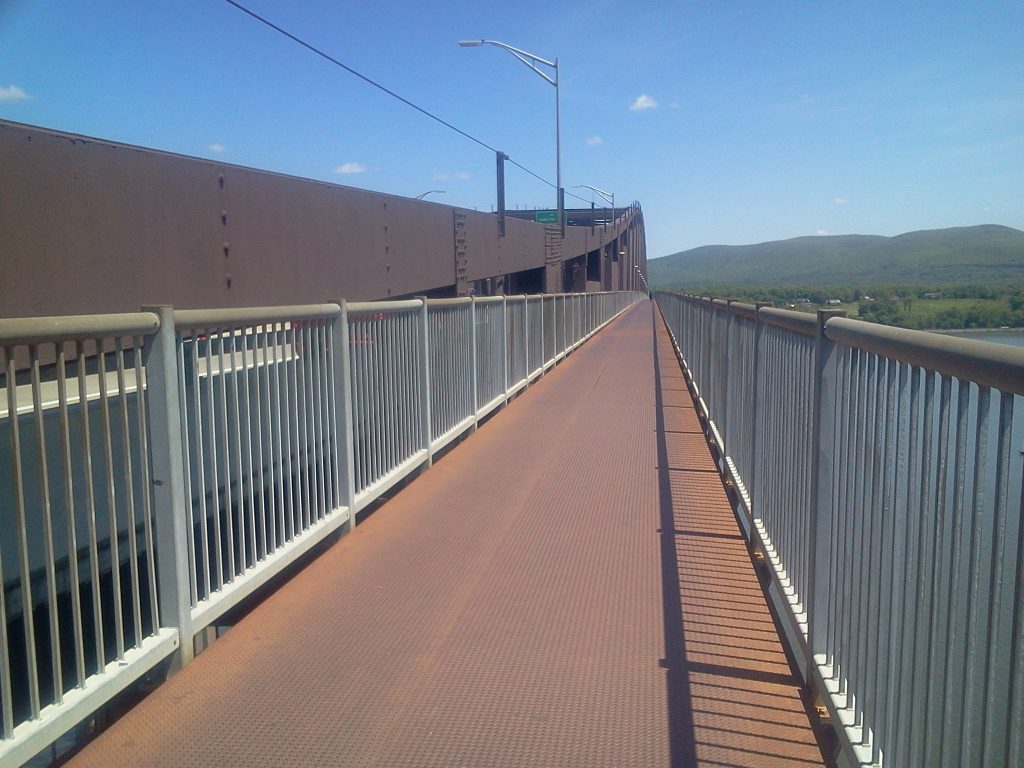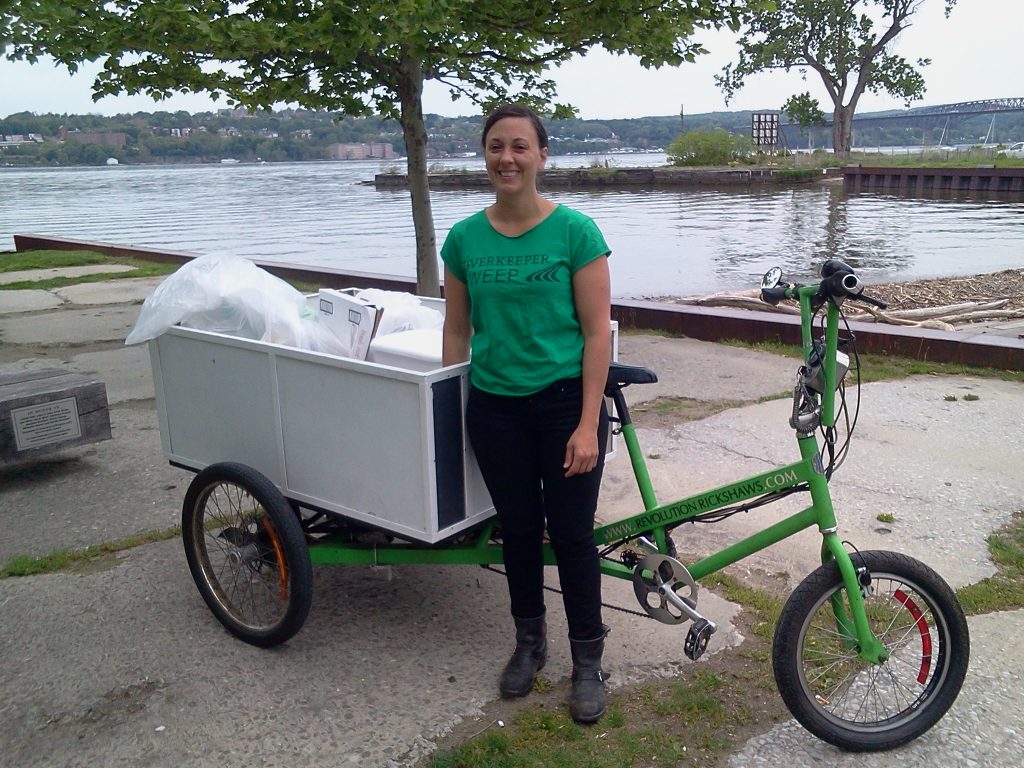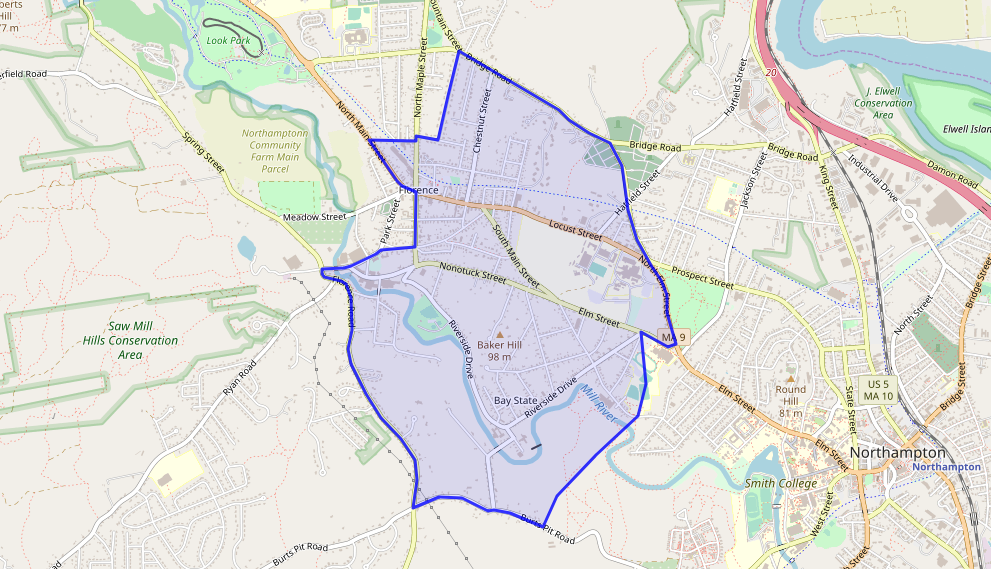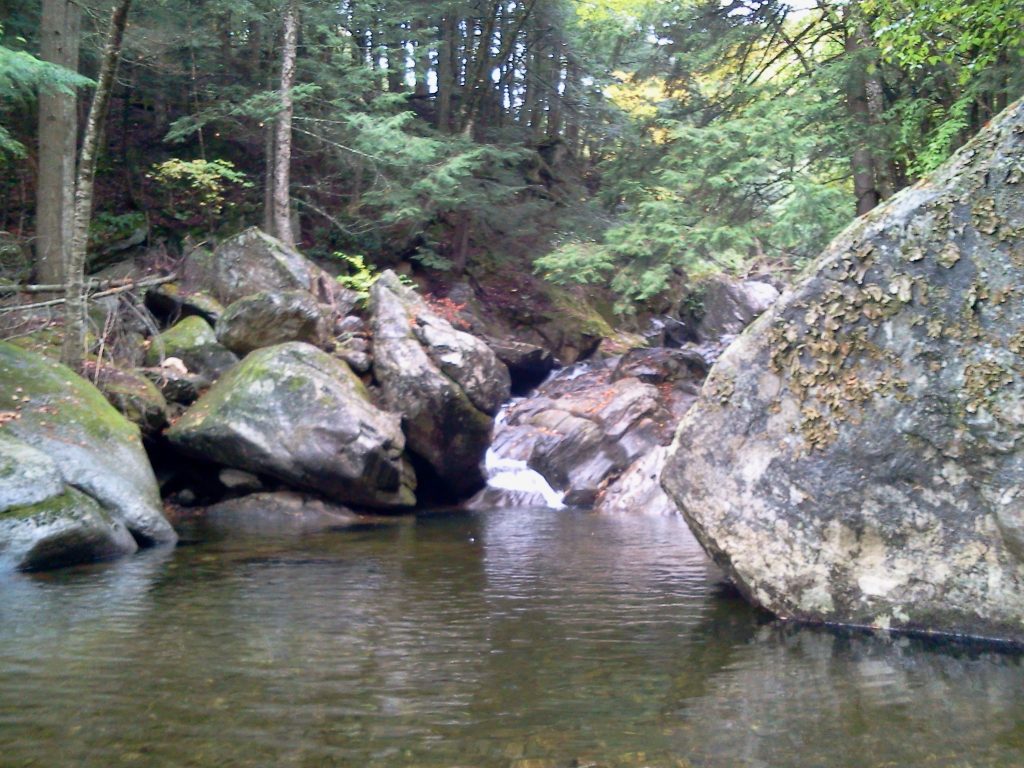I’ve lived in Northampton for 20 years. Thirteen years ago, I bought a two-family house in Florence with three other people.
We couldn’t afford to buy here without going in on it together, but doing that made it much easier to afford and maintain. If there is a problem, we have four people to think about it together. We live right on the bike path, and together we built a bench and welcomed people to come sit on it, repair their bikes, make a free phone call and lots of other projects that our collective energy made possible.
We were talking recently about that decision, which we entered into with some trepidation, being unsure how it would really play out. We all agreed it was one of the best decisions we’ve ever made, for affordability and for community.
Since I’ve moved here, rents and housing costs have just about doubled, compared to inflation of one and a half times. My current housemates, who we charge rent to based only on what our expenses are rather than market rate, would pay double the rent they pay to us if they move elsewhere in Northampton.
Many of my friends and people I talk to can’t afford to rent or buy here anymore. Many of the fellow worker-owners of my business, Pedal People, choose or have to live in Greenfield or Holyoke and commute in.
There’s great work being done in this area. The Habitat for Humanity housing and the new buildings on Pleasant Street are good, but it’s not enough.
Until we solve the global wealth and income disparity problem, here are some ideas of what we could do locally to change this situation. Some of these ideas are not currently legal under state law, but the Northampton City Council could pass resolutions and we can lobby state lawmakers to change these laws.
Legal structures
- Encourage the development of Community Land Trusts. These allow a person to own their own home, but a non-profit trust owns the land under their house and leases it to them for 99 years. If the owner wishes to sell, the trust has the option to buy based on a formula that factors in the time they’ve spent there and work they’ve done to improve the property, preserving affordability and preventing speculation. The Champlain Housing Trust in Burlington, Vermont is a very successful Community Land Trust with 2,200 apartments and 565 owner-occupied homes.
- Encourage the creation of limited equity housing cooperatives, where residents own their unit and make decisions together, gain equity in the property, while the structure keeps the price affordable for the next residents.
Taxes
- Tax vacation and second homes and extremely large homes at a higher rate, and pass on the savings to everyone else.
- Tax out-of-state corporations at a higher rate.
- Expand the property tax work-off program to people with low income and total assets, in addition to seniors and veterans.
- Give tax breaks based on income and total assets.
Sharing
- The population of Northampton is about the same as it was in 1950, yet many more housing units have been built since then as people have larger houses and live with fewer people. Work to reverse that trend by encouraging people to share their homes, which will effectively increase the housing stock. This brings in extra income, builds community and can provide companionship and assistance for older or disabled residents. Provide training in how to live cooperatively and sample agreements for sharing homes.
- Remove the limit on no more than four unrelated people living together.
Rents
- Create a program where property owners pledge to rent their properties based on their expenses (including their labor), not on the market price. People with money to give back could charge less than their expenses. This could be similar to the PACE car program where people pledge to drive the speed limit. Let’s make it cool to charge lower rents: “I’m renting my house for $300 below market.” says one person, and another would say “Well, I’m doing $350 below market!” There are tax laws that require property owners to charge market rate, or they risk their deductions being disqualified. Those laws need to change.
- Consider rent regulations that restrict the rate at which rents may rise.
Zoning
- Allow mobile homes, trailer parks and tiny homes in Northampton.
